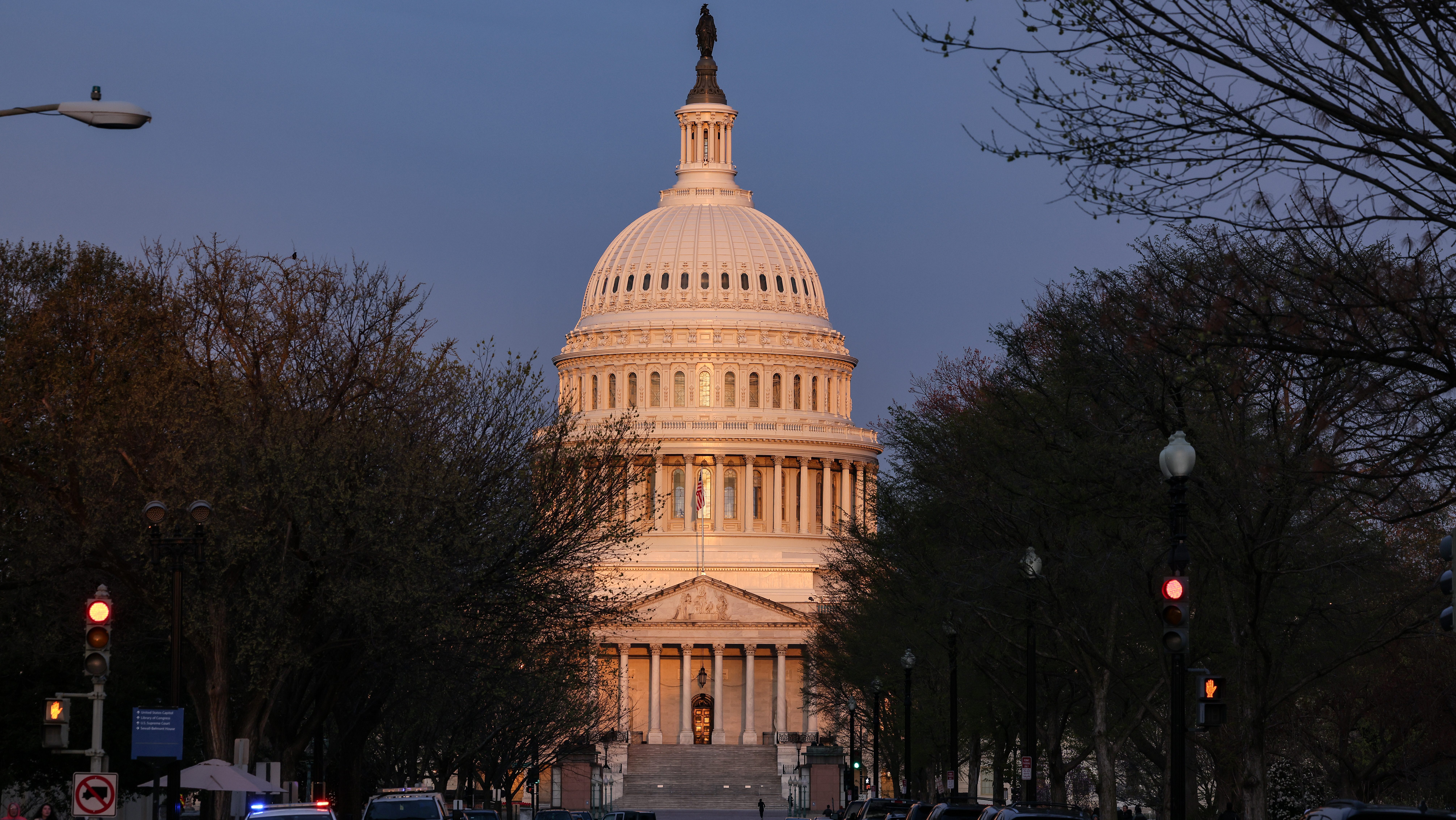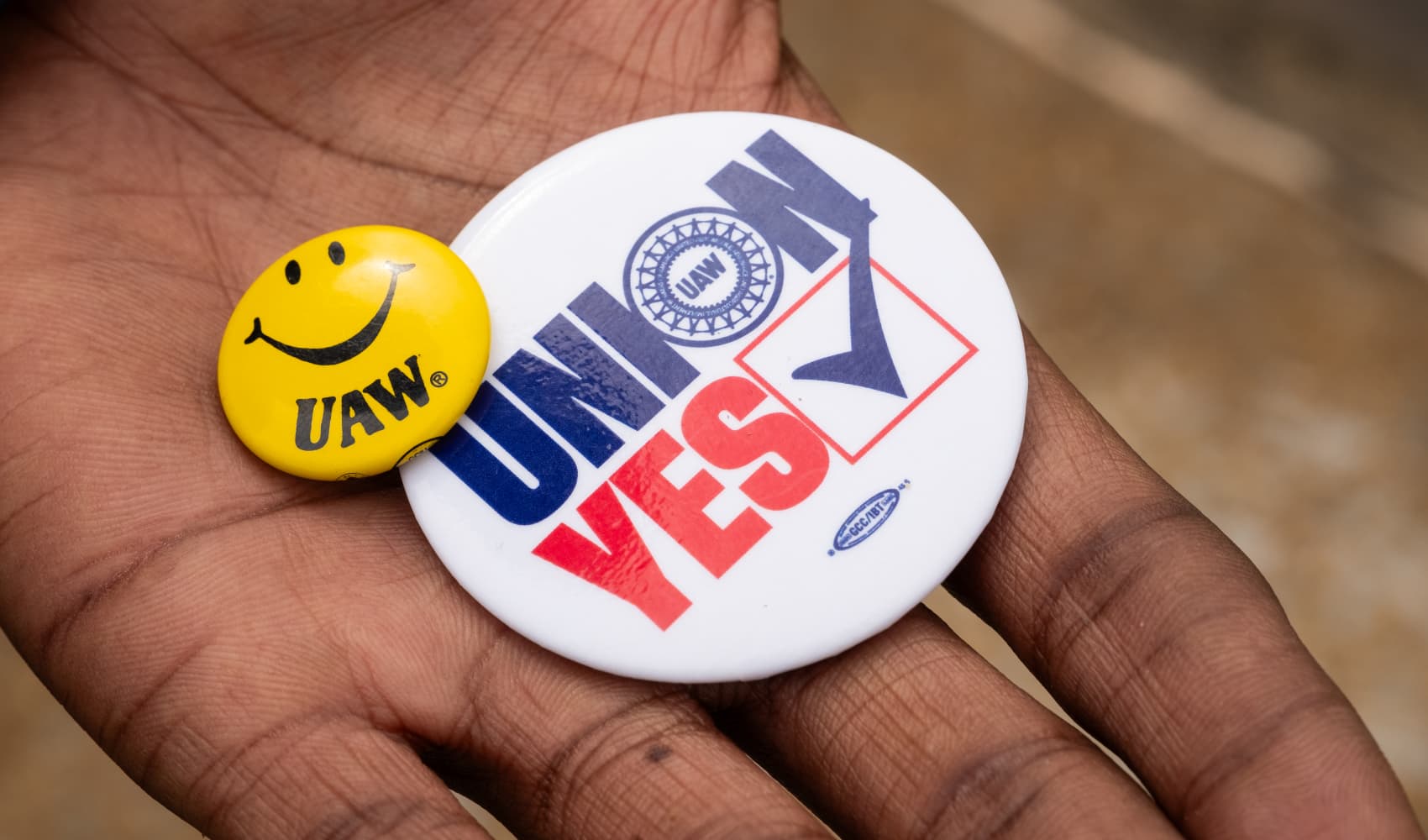A San Francisco cable car that was sold off in the 1950s and eventually dropped off the historical radar — has turned up for sale in an ad on Facebook in the Sacramento area.
The car’s winding tale reveals that San Francisco’s rolling wooden ambassadors weren’t always cherished — and were even sold off by the dozens during one period.
Car forty-nine was one of those cars the city sold off to a Southern California amusement park and disappeared in the abyss of history. That is — until an Auburn resident named Brett Folena recently listed the car for sale, tipping-off cable car historians who had lost track of the original car.
“We thought the original car forty-nine was gone,” said Muni Transportation planner Paul Bignardi who’s writing a book chronicling the history of all San Francisco’s cable cars. “But apparently not. It’s shown up. And it’s alive — sort of — and well in Auburn, California.”
To understand the car’s winding trajectory — you have to step back into the 1940s and 50s when San Francisco sold off some 50 cars as transportation surplus. Six of those cars were purchased by Knott’s Berry Farm in the 50s and used as parking lot shuttles.
But in the late 1970s the amusement park shut down the trams and sold off the cars. Three of them ended up back in San Francisco. One went to the Orange Empire Railway Museum in Southern California. Two — including car forty-nine — landed at an Auburn retirement home. Eventually forty-nine was listed for sale on Craigslist which caught the eye of Folena, and eluded railway aficionados keeping tabs on the cars.
“Me and my dad decided we wanted it and brought it home,” Folena said standing in front of the car in the front yard of his Auburn home near Sacramento, next to an empty chicken coop. “This thing’s been hoisted all over the place and it’s a survivor.”
U.S. & World
News from around the country and around the globe
The car has survived eight years in Folena’s front yard — enduring snow, rain and even a few gunshots by the appearance of the dented number 49 painted on the side, above the Knott’s Berry Farm logo reflecting its time there. Folena said his plans for the car didn’t really extend much past getting it to his driveway which required a crane.
Folena said he toyed with ideas of turning the car into a parking lot cafe, a tiny home, or maybe even setting it on a barge and driving it around a river. Ultimately, he opted for a more hands off version.
“Absolutely nothing,” Folena said detailing the extent of his modifications. “I hang Christmas lights on it, take pictures with it, people come over and have pictures taken on it.”
Folena decided it was time for the car to make its next stop and recently listed it on Facebook for $6,000. He said a few potential suitors have called with ideas for turning it into a fruit shed on a farm or a cabana in the center of a family pond. Folena said he even tried pitching car forty-nine to the San Francisco 49ers.
“I talked to somebody in the front office of the 49ers,” Folena said. “And he said to me, ‘what am I supposed to do with that?”
The car’s condition reflects its journey; its windows are mostly broken out, some of the running boards have caved in with rot and its rusted wheels sit astride pinecones. But the car, which was built around 1912 following the 1906 earthquake and fire, is the genuine article, looking as though it might just coast up Hyde Street hill with just a couple coats of paint.
“It’s just time somebody takes it from me and does something cool with it,” Folena said.
Bignardi said the discovery of the car is helping inform historians who had lost track of the car. He added that there are other cars that San Francisco sold off that are no longer accounted for.
Bignardi said even though San Francisco’s cable cars have always been beloved they haven’t always been treasured. San Francisco sold off around fifty surplus cars in the forties and fifties. He said Muni no longer sells off its cable cars. Some of the cars that ended-up out in the world have been transformed into pool houses, coffee stands; one even sits in the outfield of San Francisco Giant’s Oracle Stadium.
“They thought they were very unique and really interesting,” Bignardi said of the past city transportation planners who sold the cars, “but I don’t think they had that same sense that they’re priceless as we consider them now.”
Car ten wound up as a play structure at the San Francisco Zoo. Car nineteen was sold to a railway group which eventually donated it back to the Muni. But perhaps the most strangest tale of re-use was car forty-two which was purchased by a cattle rancher in Santa Maria and used to convey his buyers by track out to see the herd. The car was eventually donated back to Muni where it was painstakingly restored and is used for special occasions.
Bignardi said Folena’s original car forty-nine is actually the first of three cars numbered forty-nine; the other two still in Muni’s operating fleet. Bignardi speculated the transportation agency probably won’t be interested in buying back car forty-nine because of its advanced deterioration.
“It’s unlikely that Muni would be interested in buying it back because we already have a good car forty-nine,” Bignardi said.
Folena said if the car doesn’t sell, he’ll just hang onto it — a piece of San Francisco history parked in his front yard near his chicken coop — come to rest at the end of the line.
“I’d like to think I’m saving a piece of San Francisco history,” Folena said.



